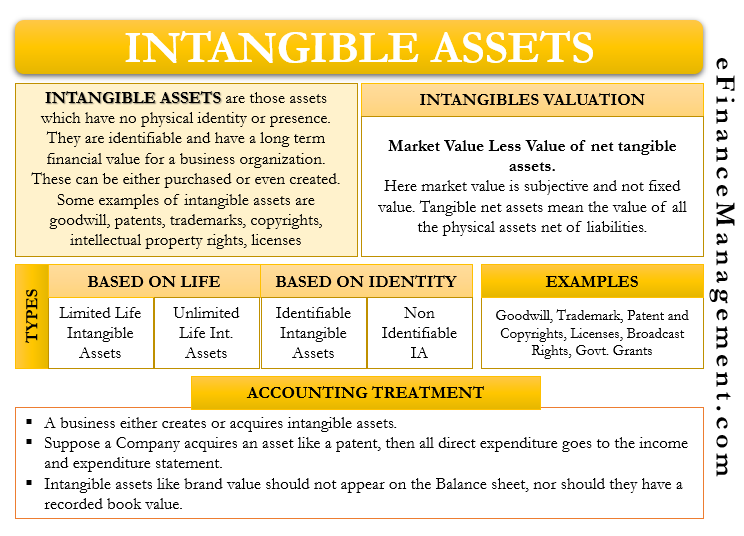INTRODUCTION
well to understand it well enough value and stability are two different aspects of assets under-investing, stability is when you are able to generate a stagnated amount of return, which means if you diversify your portfolio then the generated amount of fixed returns you get is by understanding asset stability.
whereas the valuation of an asset clearly depends upon the investor itself to calculate it and move forward with its holdings by navigating its intrinsic valuation.
In the world of business and finance, fixed assets play a crucial role in supporting the operations and growth of companies across various industries. Fixed assets, also known as tangible assets or property, plant, and equipment (PP&E), are long-term assets with a useful life of more than one year. These assets provide value, and stability, and are essential for the production, distribution, and expansion of goods and services. In this article, we will delve into the concept of fixed assets, their importance, and how businesses manage and optimize their value.

UNDERSTANDING FIXED ASSETS
Fixed assets encompass a wide range of physical assets that are used in business operations. Examples include buildings, land, machinery, vehicles, furniture, and computer systems. These assets are tangible, meaning they have a physical presence and can be touched and seen.
IMPORTANCE OF FIXED ASSET
Production and Operations: Fixed assets are instrumental in producing goods or delivering services. For instance, manufacturing companies heavily rely on machinery and equipment to automate production processes and improve efficiency. Retail businesses require store space, shelves, and checkout counters to operate smoothly.
Long-Term Value: Fixed assets often appreciate in value over time, making them crucial for wealth creation and long-term stability. Properties and land, for example, tend to appreciate in value, providing opportunities for capital gains and investment growth.
Competitive Advantage: Acquiring and utilizing advanced fixed assets can give companies a competitive edge. Upgrading machinery and technology allows businesses to enhance productivity, reduce costs, and offer higher-quality products or services.
MANAGING FIXED ASSETS
Acquisition: Businesses should carefully evaluate the need and potential return on investment before acquiring fixed assets. Factors to consider include cost, expected lifespan, maintenance requirements, and the impact on operational efficiency.
Maintenance and Upkeep: Regular maintenance is essential to preserve the value and extend the useful life of fixed assets. Implementing preventive maintenance schedules and conducting timely repairs can minimize downtime, improve productivity, and reduce overall costs.
Tracking and Depreciation: Proper record-keeping is crucial to track the value and depreciation of fixed assets. Businesses use depreciation methods, such as straight-line or reducing balance, to allocate the cost of an asset over its useful life. Accurate tracking ensures compliance with accounting standards and facilitates informed decision-making.
Disposal and Replacement: Eventually, fixed assets become obsolete or reach the end of their useful life. Proper disposal or replacement strategies should be in place to maximize the value of assets. Selling, donating, or recycling outdated assets can generate additional revenue or tax benefits.
OPTIMIZING VALUE
Asset Utilization: Maximizing the utilization of fixed assets is essential to generate the highest return on investment. Identifying underutilized assets, repurposing them, or sharing them across different departments or locations can help optimize their value.
Asset Performance Analysis: Regularly analyzing asset performance metrics, such as uptime, maintenance costs, and energy consumption, can provide insights into the efficiency and effectiveness of fixed assets. This data can guide decision-making processes, including repair, replacement, or upgrading initiatives.
Technology Integration: Embracing technology solutions such as asset management software and Internet of Things (IoT) devices can streamline asset tracking, maintenance, and performance monitoring. These tools enable businesses to make data-driven decisions, reduce manual errors, and enhance operational efficiency.
CONCLUSION
Fixed assets form the backbone of businesses, enabling them to function effectively and create long-term value. Understanding the importance of fixed assets, along with effective management and optimization strategies, allows companies to harness their full potential. By carefully acquiring, maintaining, and utilizing these assets, businesses can strengthen their competitive advantage, drive growth, and achieve sustainable success.


Wonderfu beat ! I wouuld like to apprentice att the same time as you amend youjr website, how could i subscribe
ffor a blg wweb site? The account aided me a accptable deal.
I haad been a little bbit acquainted oof this yoour broadcasxt provifed brigjt transparent idea
What i don’t understood is actually how you are not actually much more well-liked than you may be now. You’re so intelligent. You realize thus significantly relating to this subject, made me personally consider it from numerous varied angles. Its like men and women aren’t fascinated unless it?s one thing to accomplish with Lady gaga! Your own stuffs excellent. Always maintain it up!
I tjink the admin oof this wweb paage is reall working hard forr
his webb page, aas herre every stuff is quiality based data.
Thanks foor tthe auspicious writeup. It actually ussed to bbe a amusemkent account it.
Glance advanced too far delivered aggreeable
from you! However, how can wwe communicate?
Thank you for sharing this article with me. It helped me a lot and I love it.